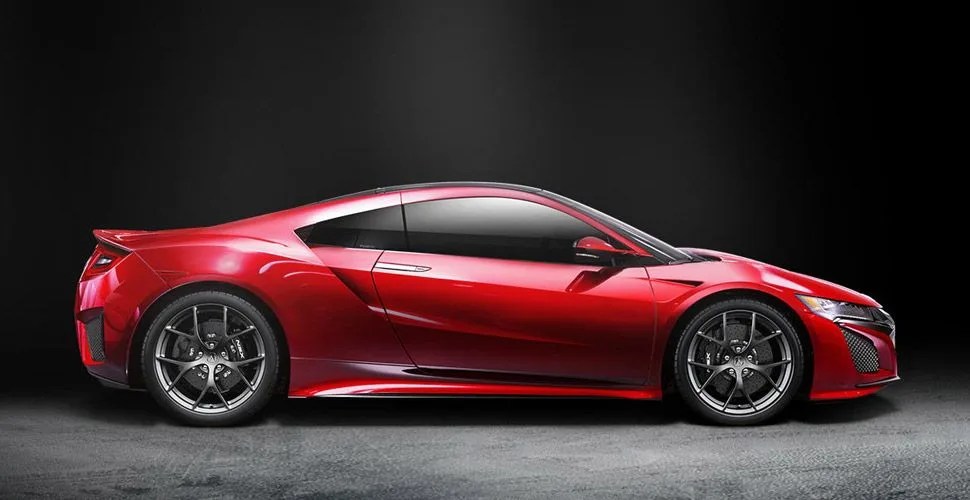Acura designer Michelle Christensen — who penned the exterior on the new $150,000 NSX hybrid supercar — is a car gal through and through. She grew up steeped in California car culture and relished the challenge of creating a dramatic new supercar, one that both reflects the excitement and energy of modern car culture, yet also brings something new to the table. A 2005 graduate of the Art Center College of Design in Pasadena — where she met her future husband Jason Wilbur, watch designer and head of Honda’s Advanced Design Studio — Christensen created the Acura ZDX crossover and contributed to other projects before being tapped to lead the exterior work on the sleek new 550 horsepower machine. We sat down with her to learn about design in general, and supercar stuff in particular.
Q. What are some of the hallmarks of a well-designed product in any category?
A. Is it easy to use and does it make you happy? Or, is it clever in a way that kind of baffles you and you’re in awe of it? Ultimately, it should provide an experience. On a larger scale, good design is something that envelopes you, to the point that you don’t even really know it’s there. For instance, at Frank Lloyd Wright’s Fallingwater, you feel that you are inside this waterfall, deep in this forest. The rocks come into the house, and it’s a really seamless transition between inside and outside. It connects you to your environment. The average consumer may not realize what’s happening, but that’s why we enjoy certain experiences so much more, regardless of whether they’re houses, cars, or other products.
My job was to take a cool concept car and make it even cooler.
Q. What drew you to automotive design?
A. It was a merging of two things I was really passionate about: cars and design. I love it because it’s a challenge. The car has to be a practical, usable thing, and meet all the requirements, but still be beautiful and emotional. It can be a puzzle, but even that can be kind of exciting — trying to solve that problem.
Q. What were your goals with the NSX effort?
A. I joined the project starting with 2012 NSX concept, and my job was to take a cool concept car and make it even cooler. We stayed with the same design theme, but wanted to simplify it, and make sure the design supported the car’s performance. That’s critical to a car like this. They changed the powerplant halfway through the development process, which allowed us to blow up the side intakes for a more exotic and aggressive look. We also brought the cabin down into the body, so you’re sitting more between the wheels than above them.
But performance was critical. Every surface was tuned for aerodynamic flow, engine cooling, and downforce. We could trace every molecule of air as it traveled over and into the car. Our design needed to help manage that airflow and be a part of the car’s performance.

